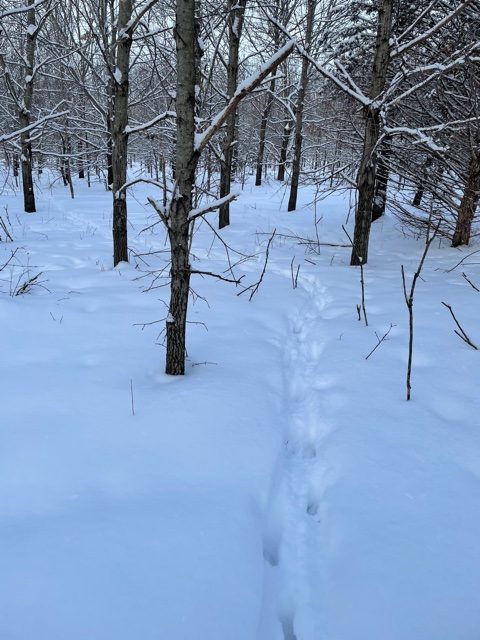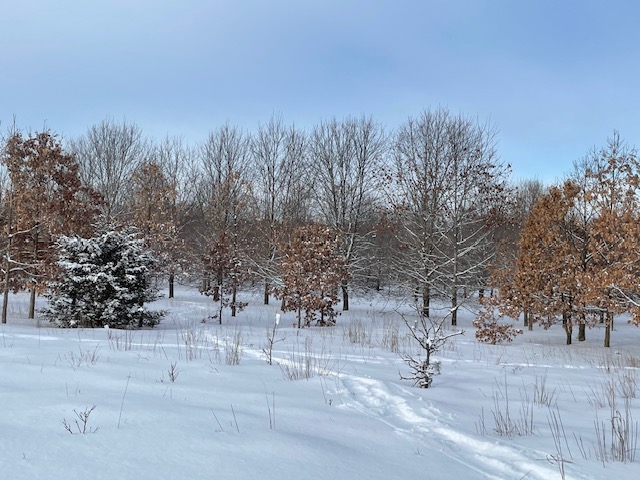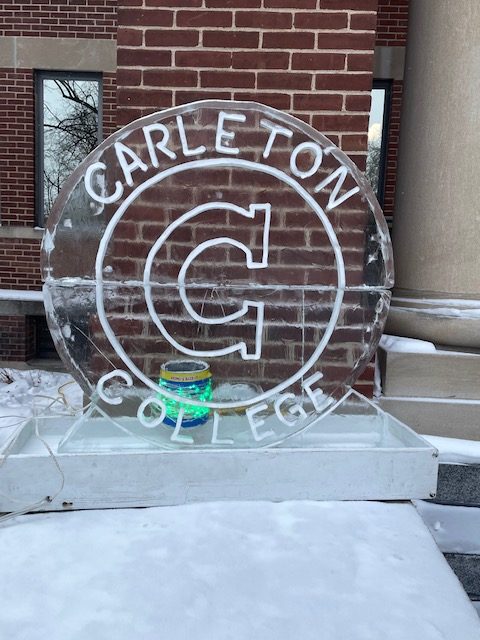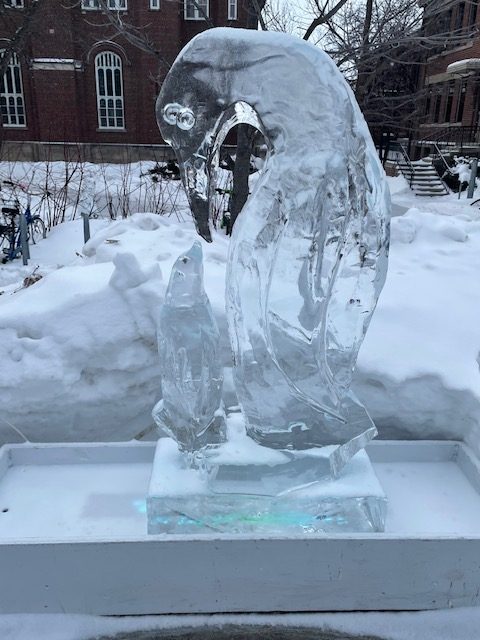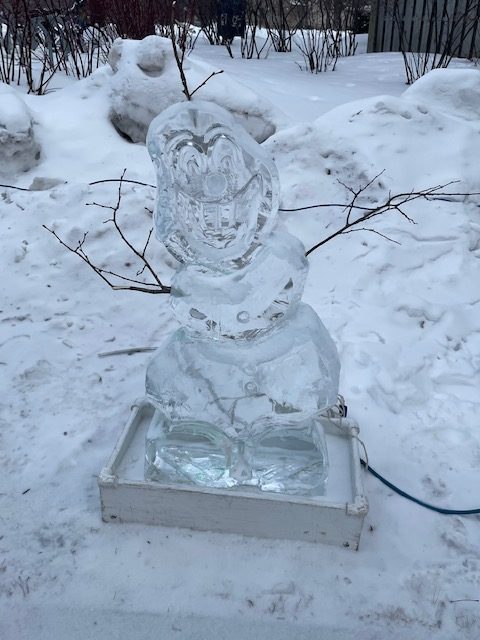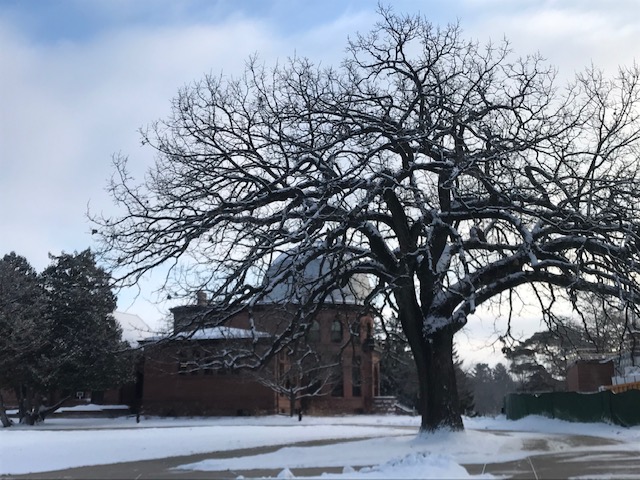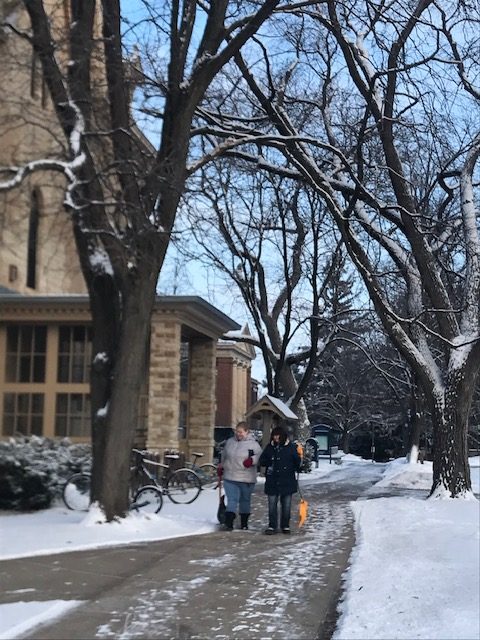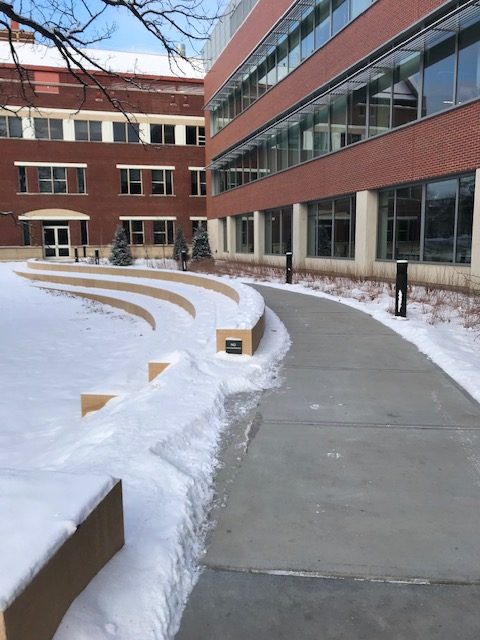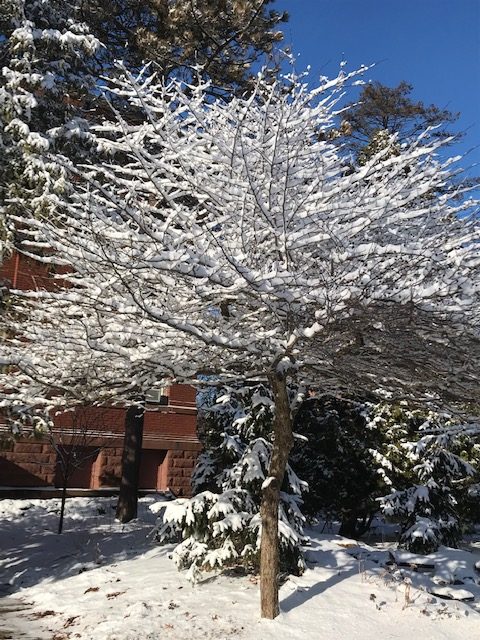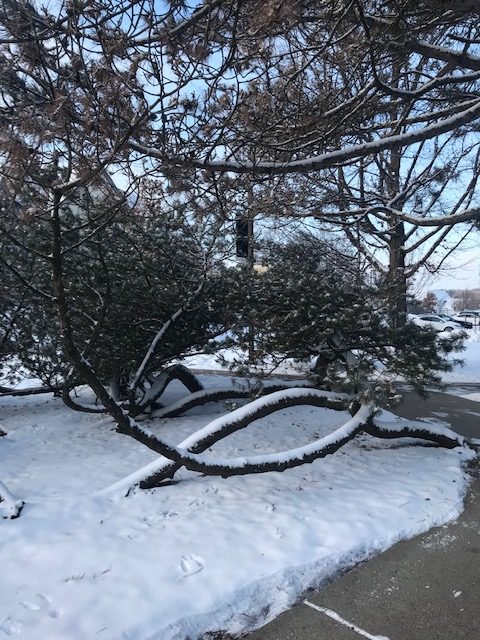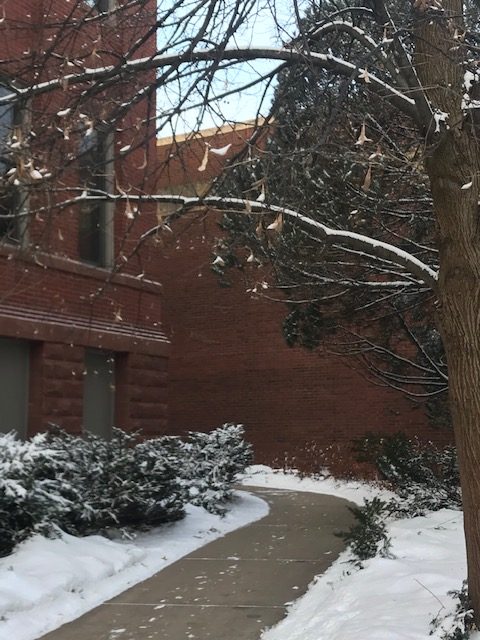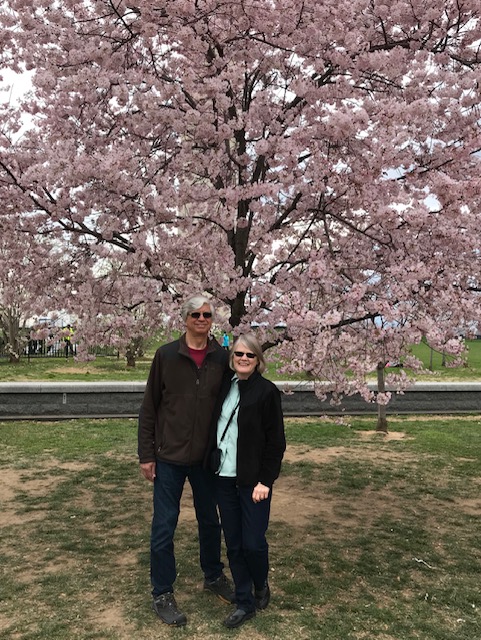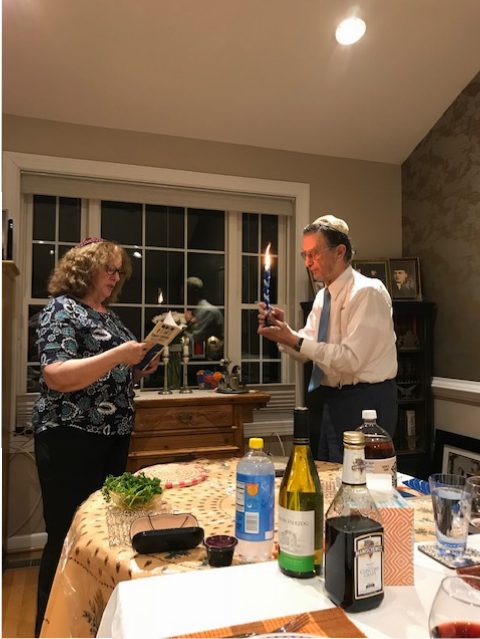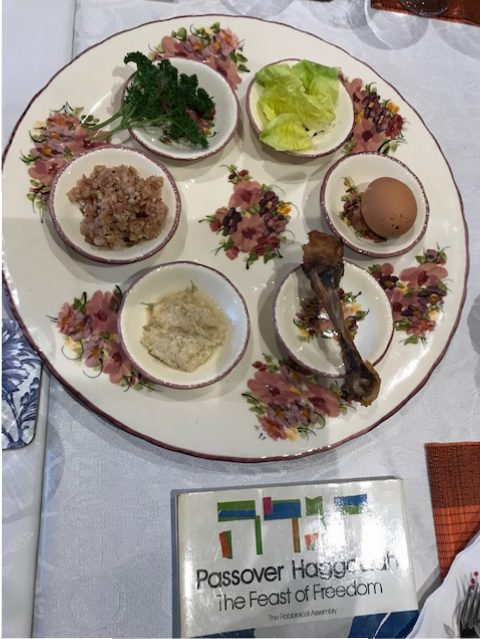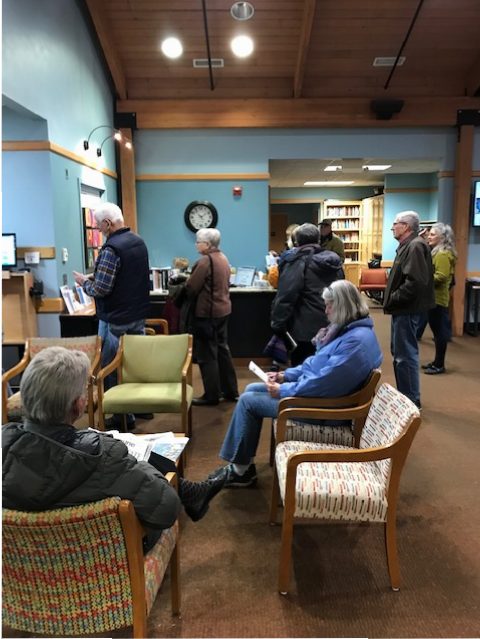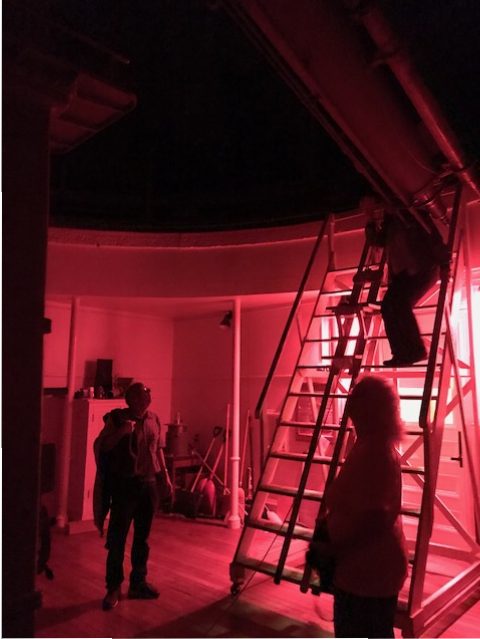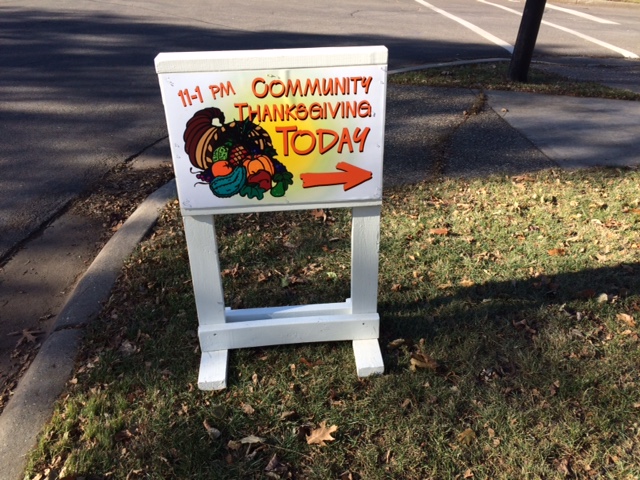On these glorious mornings, Gary and I are walking on trails we’ve recently re-discovered.
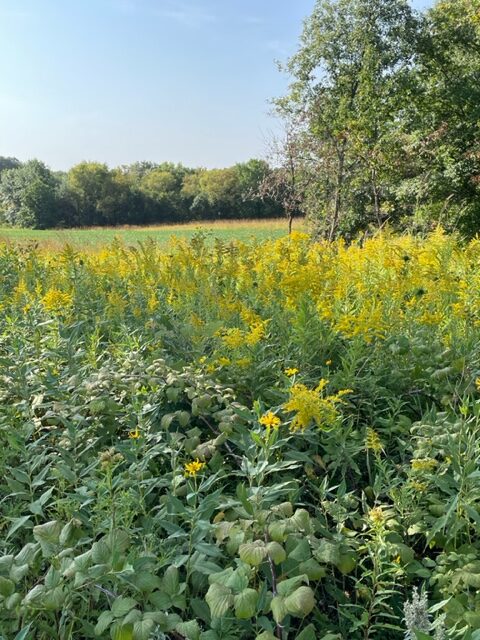
We park outside the Oaklawn Cemetery and pass through the gate to Carleton College’s Cowling Arboretum…the upper arb. (The lower arb has nice trails too…it goes along the Cannon River and through the woods. The entry point is at a different section of campus.)
From the entrance we use for the upper arb, you can choose to go to the right or left. The right leads down to the prairie, the left takes you through an heavily wooded area of oak trees, and all the trails connect.
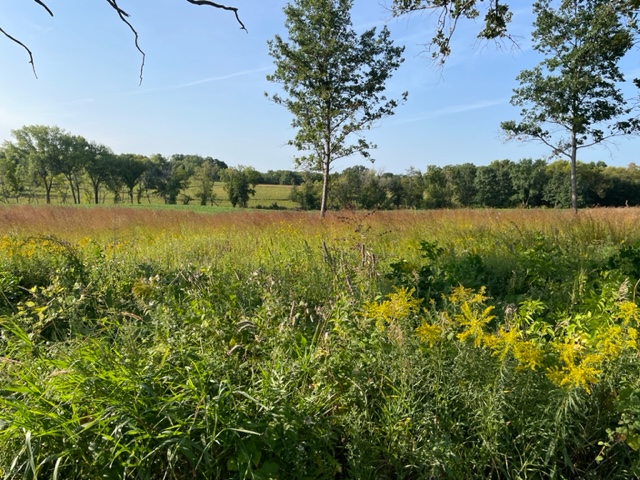
A posted sign offers information on how the different sports have worked-out on the upper arb over the years.

Carleton’s cross-country teams (men’s began in 1938 – women’s in 1970), practice on the trails and hold track meets. In the early 1990’s, Runner’s Magazine voted the upper arb the best place in Minnesota to run.
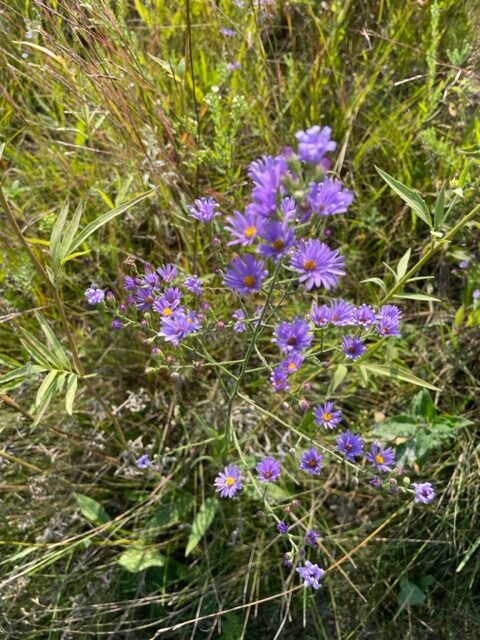
Carleton College started grooming the trails for cross-country skiing in 1978, and continues to open the trails to all skiers. We have skied and snow-shoed in the upper-arb during winter.

I enjoyed learning that in the 1930’s there was a Saddle Club, and horse and riders were permitted to jaunt on the trails. An equestrian center was also built on the upper arb, but was shut down in 1964. It would be fun to ride horseback on the trails, although it is no longer permitted.
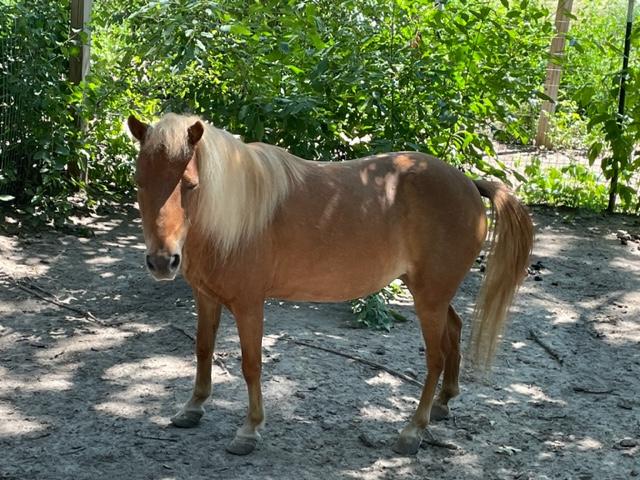
We have done a bit of walking on the trails in the upper arb in previous years, but not during this time of year when the prairie is in bloom. It is so pretty!
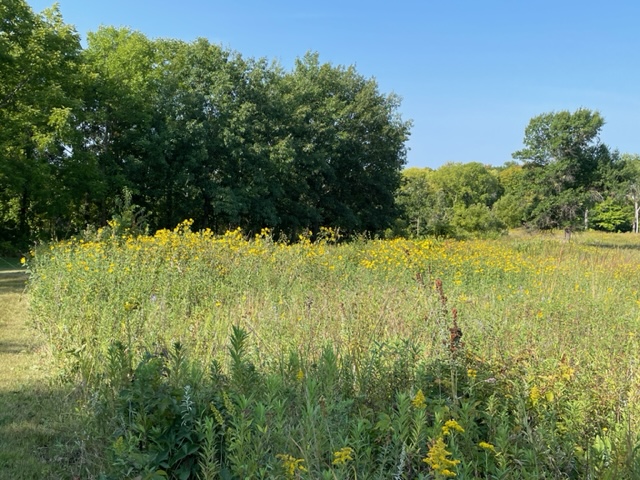
It feels like we’ve discovered a whole new trail. We pass very few folks out on our morning hike. We have the trails mostly to ourselves.
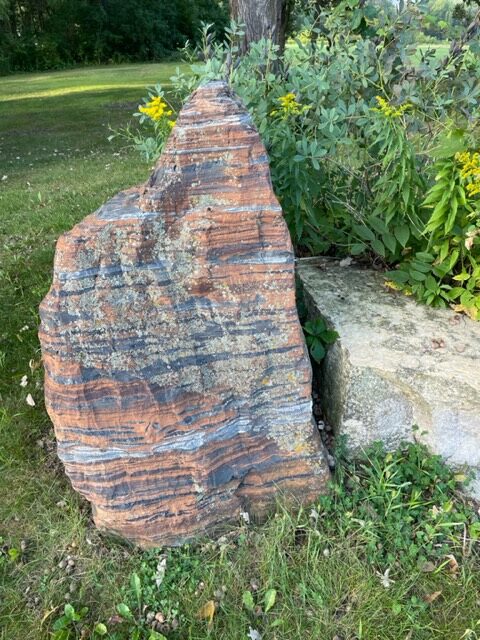

The sun shines on our path. The sky is blue. It is so peaceful.

We’re grateful Carleton Colleges maintains the trails, and opens them up to the public.

